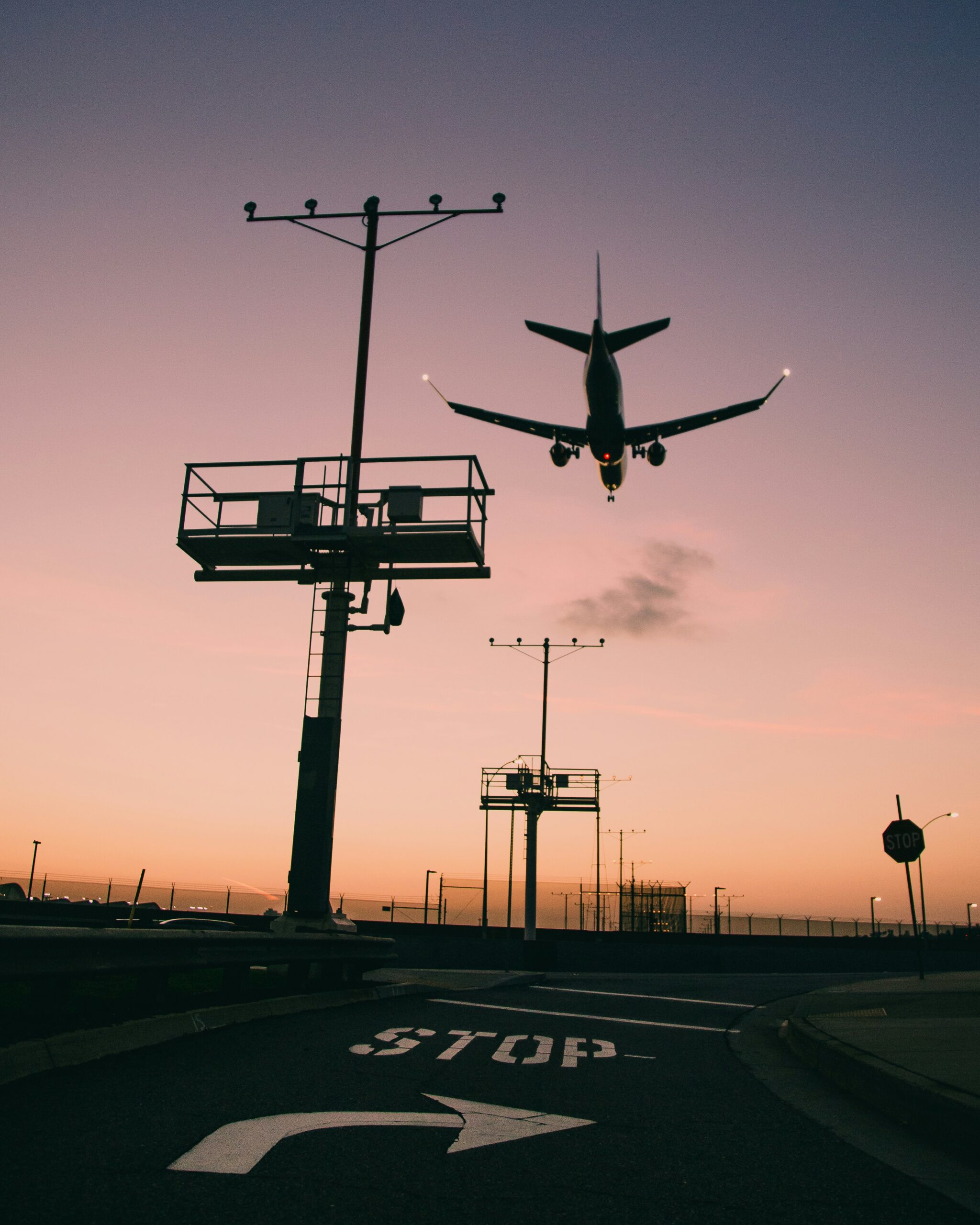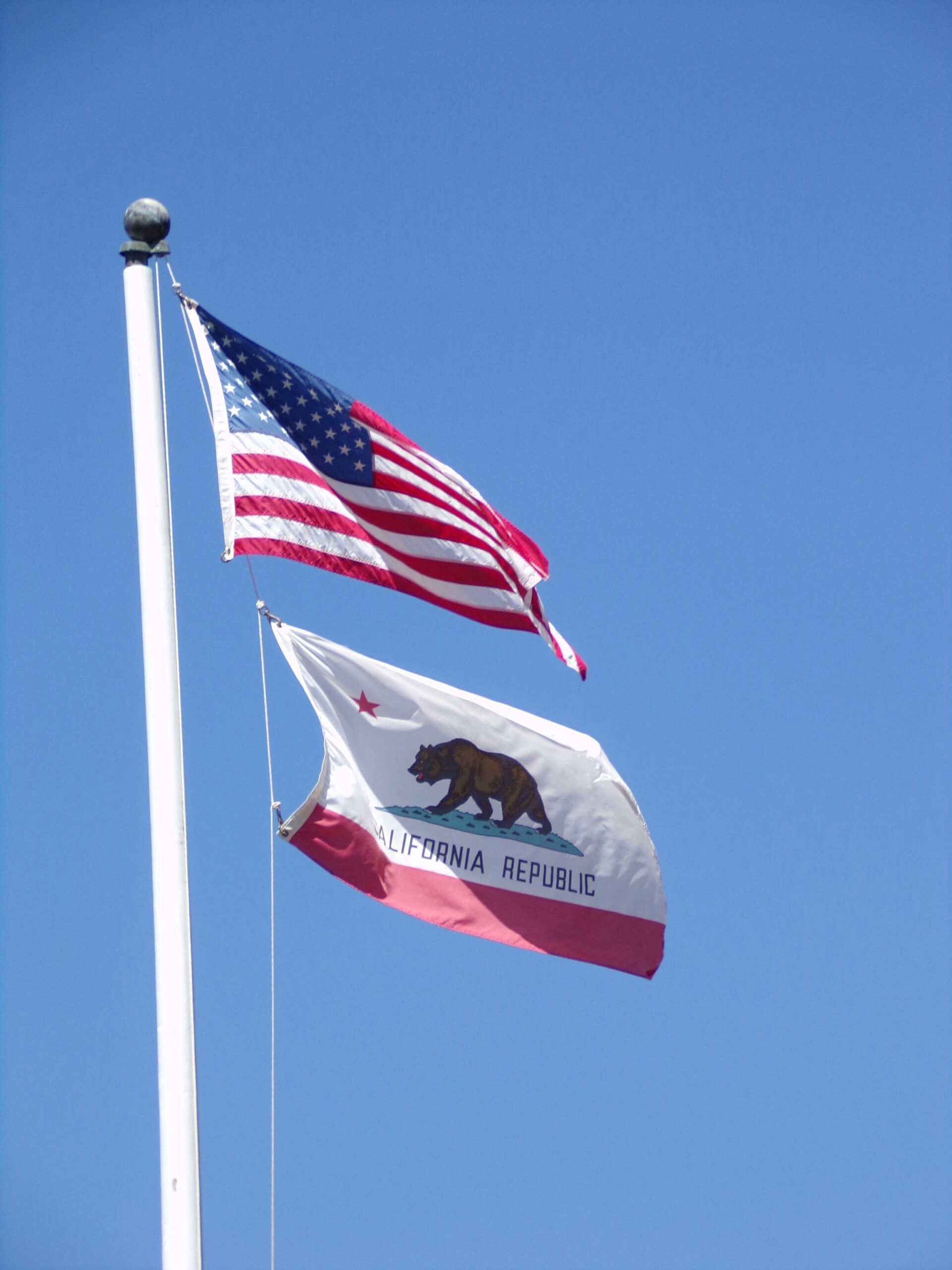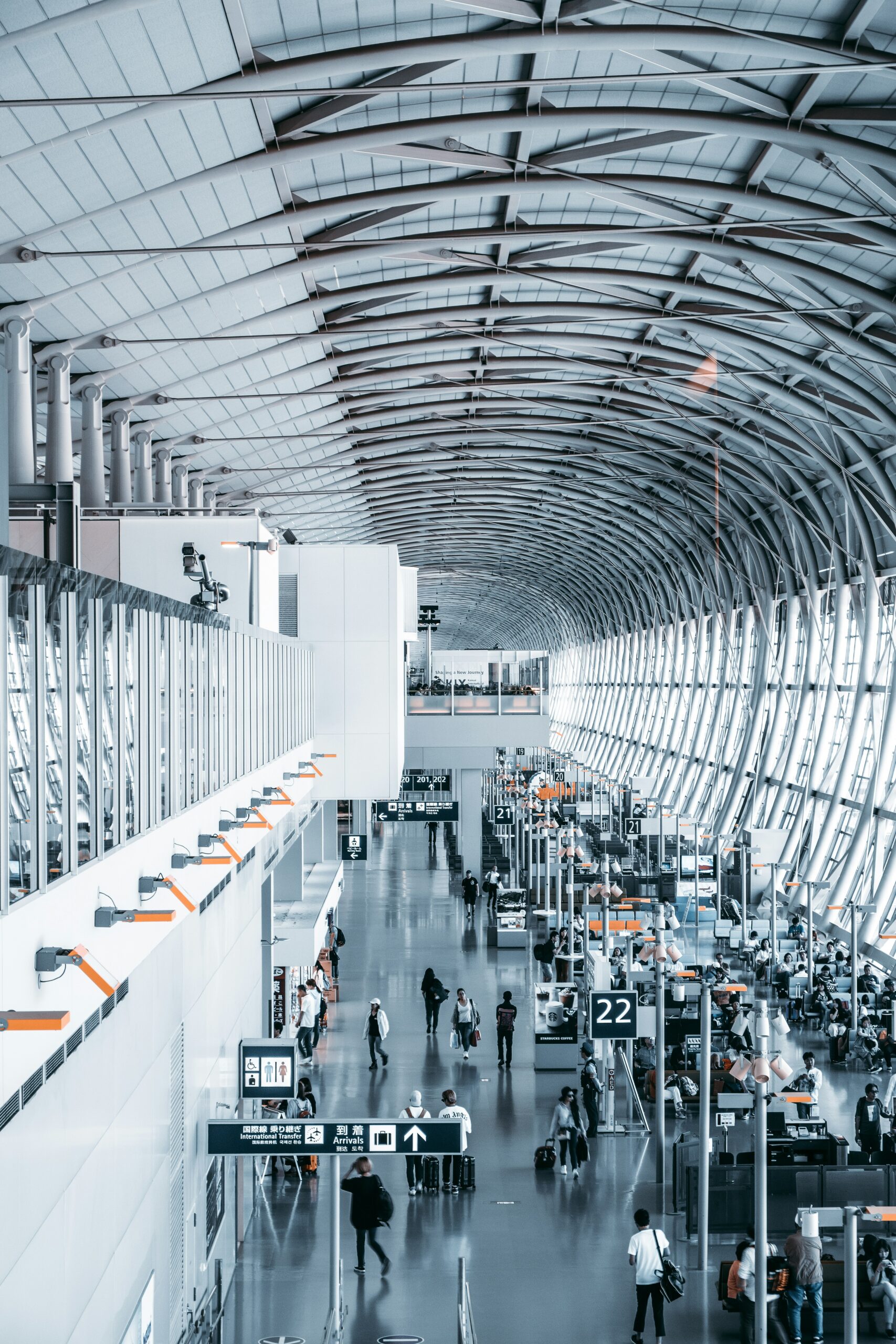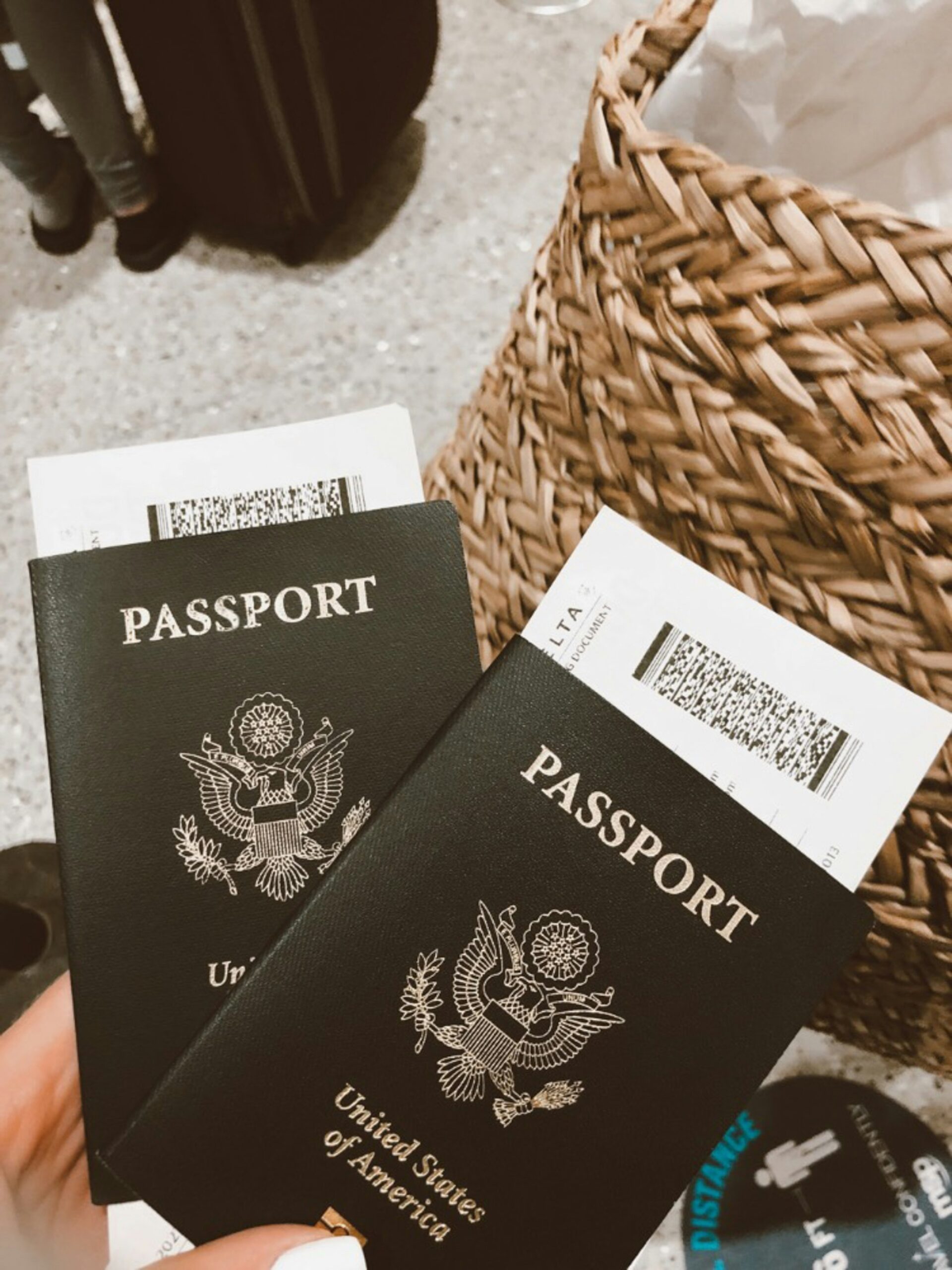California’s REAL ID Requirement for Travel is Here: What You Need to Know for 2025
Beginning May 7, 2025, anyone flying within the United States or entering certain federal facilities will need a REAL ID-compliant driver’s license or identification card if they want to use it as their form of ID. This change affects all California residents who travel by air or need to access federal sites with security requirements. If you rely on a standard California driver’s license or ID, you may not be allowed through airport security or into some buildings after this deadline.

The process to get a REAL ID isn’t complicated, but it does require you to bring specific documents to the DMV that prove your identity, Social Security number, and California residency. The new rules are a result of a federal law aimed at making identification documents more secure, and California is now fully enforcing these requirements for travel and federal facility access.
For anyone who travels domestically or expects to visit a military base or other secure federal location, understanding the REAL ID travel requirements is important to avoid unexpected hassles. With the deadline approaching, it’s essential to know what’s needed so your next flight or appointment isn’t delayed at the door.
California's REAL ID Requirement for Travel is Here: What You Need to Know for 2025
Understanding California's REAL ID Requirement
Beginning May 7, 2025, residents in California must have a REAL ID-compliant driver’s license or identification card to board domestic flights and enter certain federal facilities. The REAL ID joins security standards set by federal law with California Department of Motor Vehicles (DMV) licensing.
What Is a REAL ID?
A REAL ID is a driver’s license or identification card issued by the California DMV that meets federal identification standards. It displays a special marking, typically a star inside a gold bear, in the upper right corner. This marking indicates the credential is REAL ID-compliant.
The REAL ID serves as an accepted form of identification for domestic air travel within the United States and for accessing federal facilities, such as military bases and secure government buildings. Other documents like a valid passport or military ID can also be used for these purposes, but a standard California driver’s license will not suffice after the deadline.
To obtain a REAL ID, applicants must provide documents proving identity, California residency, and Social Security number. Detailed requirements are available through the California DMV’s REAL ID checklist.
The REAL ID Act and Federal Standards
The REAL ID Act was passed by Congress in 2005 in response to recommendations from the 9/11 Commission. It set stricter security standards for state-issued identification, overseen by the U.S. Department of Homeland Security.
Under these guidelines, only REAL ID-compliant cards or other approved documents are accepted for boarding domestic flights or entering federal facilities starting May 7, 2025. States, including California, must verify residents’ identity and legal status when issuing compliant IDs.
The Department of Homeland Security regulates these rules nationally, requiring each state to meet the same security benchmarks. This ensures that identification from all participating states adheres to a uniformly high standard for access to federal sites and commercial air travel.

Why REAL ID Is Needed for Travel
Starting May 7, 2025, a federally approved document is required to fly within the United States and access certain federal sites. The REAL ID law aims to standardize secure identification and limit acceptance of non-compliant forms of identification for important travel and security purposes.
REAL ID for Domestic Flights
To board domestic flights, travelers must show identification compliant with the REAL ID Act. The TSA will no longer accept standard driver’s licenses that lack the designated REAL ID mark, such as a star, on the card.
Travelers who wish to fly domestically will need a REAL ID or another accepted form of identification such as a U.S. passport or military ID. Without it, passengers will be denied access through TSA security checkpoints, even if they have valid airline tickets.
According to the Department of Homeland Security, the new standards are implemented at every airport security checkpoint nationwide. This policy is intended to enhance national security by ensuring only verified individuals may board domestic planes. For more information on the specific requirements and changes, visit the Homeland Security REAL ID page.
Accessing Federal Facilities with REAL ID
A REAL ID is now necessary to access certain federally controlled sites and federal buildings that require identification. This includes some military bases, nuclear facilities, and federal courthouses.
Not all federal sites require visitor identification, but those that do must follow the REAL ID Act mandates. Standard state-issued licenses will not be accepted for entry into these facilities after the enforcement date unless they are REAL ID compliant.
Individuals needing to visit these sites for work, legal, or travel reasons will find admission easier and faster with a REAL ID. California residents can find more information about eligibility and application steps at the California DMV REAL ID information page.

REAL ID Deadline and Enforcement
California residents need to be aware of new federal identification rules affecting domestic air travel and entry to certain federal facilities. The REAL ID deadline is now set, impacting what identification forms are accepted by the Transportation Security Administration.
Current REAL ID Deadline in California
The Department of Homeland Security has set the official federal enforcement date for the REAL ID requirement as May 7, 2025. Starting on this date, travelers aged 18 and older will need a REAL ID-compliant driver’s license, identification card, or another TSA-accepted ID to pass through airport security for domestic flights within the United States.
California’s Department of Motor Vehicles has prepared for this change, offering REAL ID-compliant cards at its offices statewide. Residents are advised to review application requirements carefully, which generally include providing proof of identity, California residency, and a Social Security number. More information is available on the California DMV's REAL ID page.
What Happens Without a REAL ID?
After May 7, 2025, travelers who do not present a REAL ID at airport security will need a different form of acceptable identification, such as a valid U.S. passport or a Department of Homeland Security trusted traveler card. Without such identification, they will not be allowed past TSA screening for domestic flights.
Similarly, access to secure federal facilities—including certain federal buildings and military bases—will require REAL ID-compliant identification or an alternate approved document. The Transportation Security Administration regularly updates its list of acceptable IDs, so checking these guidelines before travel is recommended. Failure to comply will result in being denied boarding or entry at federal checkpoints.
How to Apply for a California REAL ID
Residents in California need a REAL ID to board domestic flights and enter certain federal facilities after May 7, 2025. Applying requires an in-person visit, government-approved documentation, and a completed application either online or at the DMV.
Application Steps
To begin, applicants should visit the California DMV REAL ID page and start the application online. After submitting the online form, they will receive an application code that they should bring with them.
Booking an appointment at the DMV is strongly recommended. Many DMV offices serve REAL ID applicants by appointment only, helping reduce wait times. Walk-ins are accepted at some locations, but this is not guaranteed.
At the DMV, applicants must present all required documents, submit biometric data (like a photo and thumbprint), and pay the fee, which is $35 for most applicants. Review the appointment confirmation details to make sure all necessary steps are completed.
Required Documentation
Applicants must provide documents that verify their identity, Social Security number, and California residency. The most common identity documents are a valid U.S. passport or a certified birth certificate.
Proof of Social Security number can include a Social Security card or a W-2 form containing the full number. Acceptable residency documents cover a utility bill, rental agreement, or bank statement showing the applicant's name and current California address.
Each document must be an original or certified copy—photocopies will not be accepted. A full list of eligible documents and specific requirements can be found on the California DMV REAL ID application guide.
REAL ID vs. Other Acceptable Identification
For air travel within the United States starting May 7, 2025, travelers over 18 must present a federally approved form of identification at airport security checkpoints. Several types of identification are valid, but each offers different features and purposes.
REAL ID Driver’s License
A REAL ID driver's license is issued by the state and meets federal security standards. In California, these licenses display a gold bear and star in the upper right corner. Individuals can use a REAL ID for boarding domestic flights, accessing federal buildings, and entering military bases.
Application for a REAL ID requires documents proving identity, Social Security number, and California residency. The process usually needs to be completed in person at a California DMV office. A standard California driver's license is not acceptable for federal purposes after May 7, 2025. For more details, see California DMV's REAL ID information.
U.S. Passport and Passport Cards
A valid U.S. passport book is accepted for both domestic and international flights. It can be used instead of a REAL ID and is required for travel outside the United States. Passport books are issued by the U.S. Department of State and last for 10 years for adults.
The U.S. passport card is a smaller, wallet-sized card. It is accepted for land and sea crossings between the U.S., Canada, Mexico, Bermuda, and the Caribbean but not for international air travel. Both passport books and cards serve as alternatives to a REAL ID for domestic flights. Learn more about acceptable documents at DHS REAL ID.
Military ID and Enhanced Driver’s License
A valid U.S. military ID, including those for active duty, reserve, and retired military personnel, is accepted at TSA checkpoints and federal facilities. These IDs include features such as photo identification and embedded security chips.
Enhanced driver’s licenses (EDLs) are available in a few states, but not in California. EDLs can be used for land and sea travel to Canada and Mexico, and they meet REAL ID requirements for domestic air travel. Travelers with a military ID or EDL do not need a separate REAL ID for airport security. TSA’s full list of valid ID types can be found at DHS REAL ID FAQs.

Preparing for Airport Security and Travel
With the enforcement of California’s REAL ID requirement, travelers flying within the United States need to understand new identification protocols and how they affect the airport security process. Being prepared with the correct documentation and following key tips can help avoid delays and make airport experiences more efficient.
TSA Requirements at Airports
Starting May 7, 2025, all passengers flying domestically will need a REAL ID-compliant driver’s license or another acceptable form of identification to pass through airport security. Standard state-issued IDs that are not REAL ID-compliant will no longer be accepted at TSA checkpoints.
Travelers can identify a REAL ID by looking for a star marking in the upper right corner of their driver’s license or identification card. Those without a REAL ID must present an alternative, such as a valid U.S. passport or a Department of Defense ID card. Details on accepted documents are available from the TSA's identification list.
Failure to provide appropriate identification means passengers will not be allowed through airport security, which could result in missed flights and additional stress. It is important to check identification well before the scheduled travel date.
Tips for a Smooth Airport Experience
To ensure a seamless journey, travelers should double-check their identification status at least several weeks in advance. If a REAL ID is needed, scheduling a DMV appointment early is recommended to avoid last-minute disruptions.
Pack required documents where they are easily accessible in carry-on luggage. Travelers can benefit from using a checklist, such as:
- REAL ID or other approved ID
- Boarding pass
- Travel itinerary
Arriving at the airport at least two hours before departure helps account for additional screening and any unexpected delays. Following TSA guidelines for prohibited items and separating electronics and liquids speeds up security screening. Up-to-date information on airport policies is available from both the TSA and airlines.

Additional Resources and Contact Information
A range of official resources are available to assist residents with California’s REAL ID process and answer travel-related questions. Contact methods are listed for both state and federal agencies, making it easier to find help or clarification about documentation, appointments, or compliance dates.
California DMV Support
The California DMV is the main point of contact for those seeking to apply for a REAL ID or needing support with the process. Assistance is available both online and in person across California’s many DMV field offices.
Ways to reach the California DMV:
- Online: The California DMV Real ID page explains eligibility, required documents, and includes a checklist for applicants.
- By Phone: General DMV questions can be answered at 1-800-777-0133.
- Appointments: Booking ahead through the DMV website is highly recommended to reduce wait times.
- In-Person: Office locations and hours are listed online to help plan a visit.
Printable guides, document lists, and answers to FAQs are accessible via the website. For those who may prefer assistance in a language other than English, translation support is available at many DMV branches.
Federal Agency Information
Federal agencies, particularly the U.S. Department of Homeland Security (DHS), provide guidelines and national requirements for REAL ID compliance. DHS is responsible for setting federal standards and providing the latest updates on implementation deadlines.
Key federal resources include:
- The official DHS REAL ID page offers direct information about the law, lists federally accepted documents, and clarifies travel rules.
- The REAL ID FAQs section answers common questions about using compliant identification at airports and federal facilities.
Travelers can use these sites to verify if their identification meets the criteria for domestic flights as of May 7, 2025. Contact details for further questions are published directly on the DHS website along with email forms for specific inquiries.






